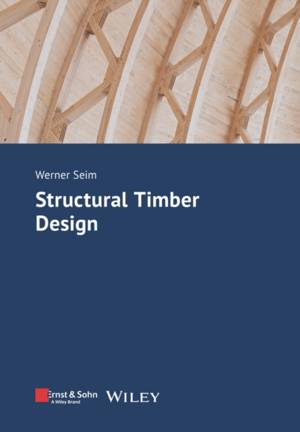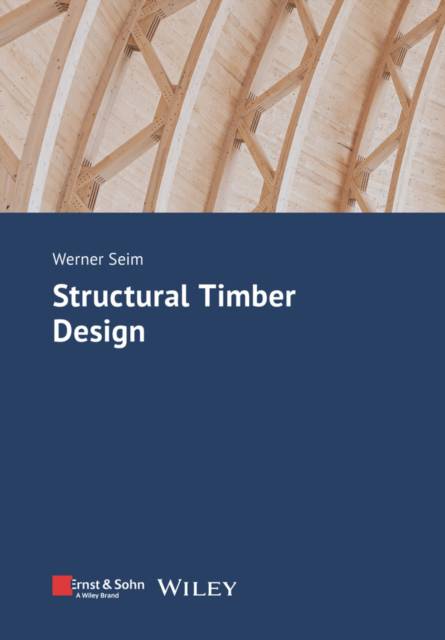
- Afhalen na 1 uur in een winkel met voorraad
- Gratis thuislevering in België vanaf € 30
- Ruim aanbod met 7 miljoen producten
- Afhalen na 1 uur in een winkel met voorraad
- Gratis thuislevering in België vanaf € 30
- Ruim aanbod met 7 miljoen producten
Zoeken
Omschrijving
Timber construction has been one of the most innovative areas of the building industry for several years. The speed with which new products are introduced into practical application is almost breathtaking compared to the other construction materials in the building industry. As a result, timber construction is continuously increasing its market share in commercial buildings and hall structures, and even in multi-storey construction for residential and office buildings.
This book provides essential knowledge and skills required for the design, detailing, and construction of timber structures for typical building structures. Special emphasis is placed on the specific features of timber and wood-based materials compared to other construction materials. This concerns the numerous advantages, as e.g. the comparatively low weight, the good workability of the high-performance material and the large variety of assembling technologies, but also the challenges resulting from the material anisotropy and from the susceptibility to natural pests.
In each chapter the essential phenomena are explained first and then brought into connection with code regulations. This aims to support the basic understanding of the interrelations and dependencies in timber engineering, which is the fundamental basis of creative engineering.
This book provides essential knowledge and skills required for the design, detailing, and construction of timber structures for typical building structures. Special emphasis is placed on the specific features of timber and wood-based materials compared to other construction materials. This concerns the numerous advantages, as e.g. the comparatively low weight, the good workability of the high-performance material and the large variety of assembling technologies, but also the challenges resulting from the material anisotropy and from the susceptibility to natural pests.
In each chapter the essential phenomena are explained first and then brought into connection with code regulations. This aims to support the basic understanding of the interrelations and dependencies in timber engineering, which is the fundamental basis of creative engineering.
Specificaties
Betrokkenen
- Auteur(s):
- Uitgeverij:
Inhoud
- Aantal bladzijden:
- 416
- Taal:
- Engels
Eigenschappen
- Productcode (EAN):
- 9783433034040
- Verschijningsdatum:
- 28/05/2024
- Uitvoering:
- Paperback
- Formaat:
- Trade paperback (VS)
- Afmetingen:
- 170 mm x 244 mm
- Gewicht:
- 793 g

Alleen bij Standaard Boekhandel
+ 155 punten op je klantenkaart van Standaard Boekhandel
Beoordelingen
We publiceren alleen reviews die voldoen aan de voorwaarden voor reviews. Bekijk onze voorwaarden voor reviews.











